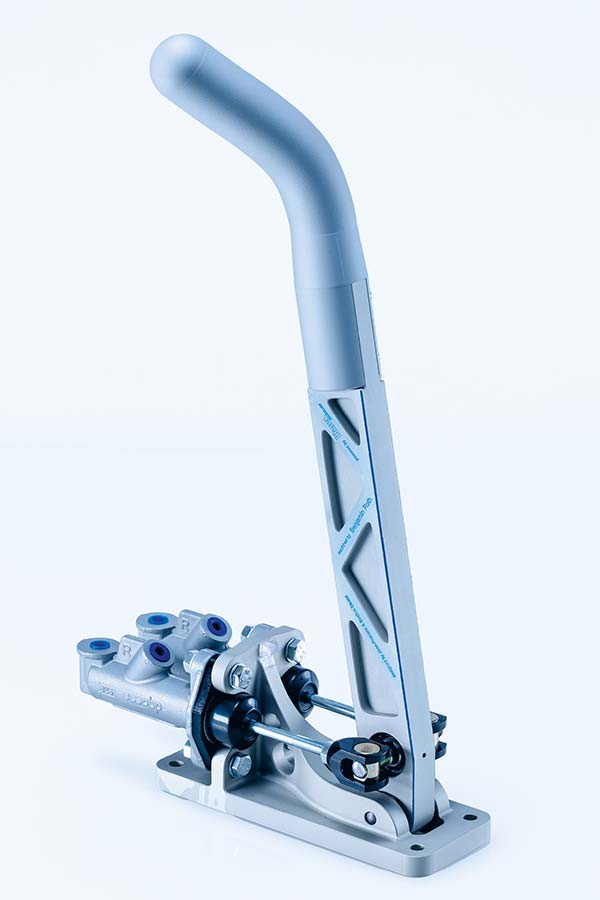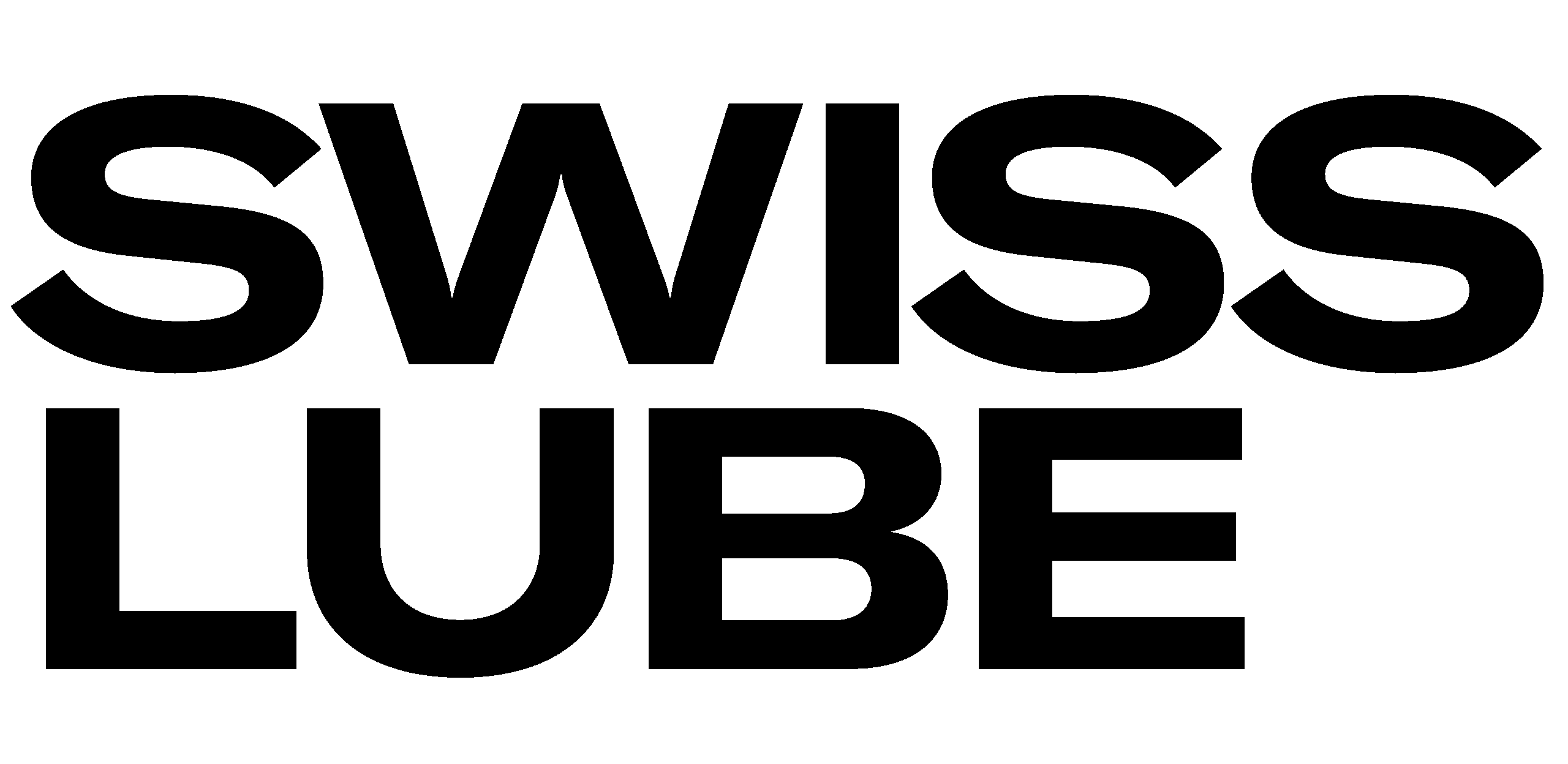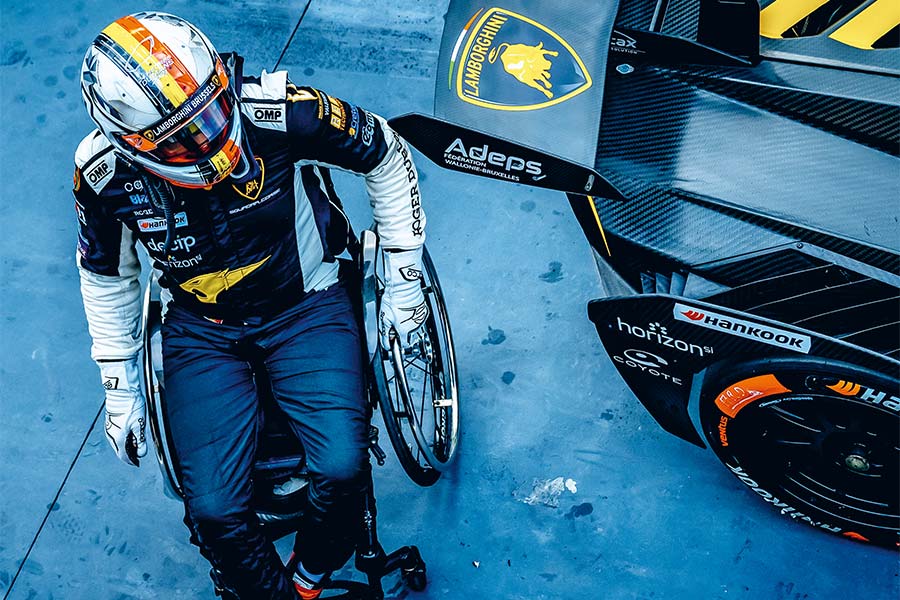With assistance from Benjamin Sägesser
Nigel Bailly’s passion for motorsports is huge. So much so that there was no way he was not going to continue racing after his serious accident. “For me, one thing was clear: I wanted to compete also against non-disabled people,” he emphasizes. He was not about to let his paraplegia determine the rest of his life. So, he chose a sport that does not require a wheelchair: motorsports. But he never dreamed for a moment that he would one day make it to the 24 Hours of Le Mans.
His fascination with engines was sparked early on in his life. Born in 1989 in Gosselies, a district of Charleroi in Belgium, Nigel had his first experience with a motorcycle at the age of six. His grandfather was a motorsports fanatic and let him try it out. “I loved the speed from the very first moment,” he recalls. His parents indulged him in this and, by the age of 14, Nigel had become a promising motocross rider. It was during a race that it happened: He fell, sustaining such severe back injuries that he was left paraplegic. At first, it looked as though his sporting ambitions would be turned to dust. But that was not to be.
Le Mans – the big dream
Just two and a half months after the accident, young Nigel sat himself in a kart with a hand throttle – or to be more specific, he was rather placed in it, since from now on he was reliant on support. “It was pretty crazy: I had to reinvent my world entirely at the age of 14,” reflects the now 35-year-old. But it was clear to him that he wanted to continue to experience adventures involving engines. “I cannot quite explain to myself how I regained my motivation so quickly back then.” In the years that followed, while continuing his karting, he also completed an apprenticeship in the real estate sector, then trained to become an executive assistant.
The plan was to form a team for Le Mans in 2020 that was made up entirely of drivers with disabilities. Former Japanese motorcycle racer Takuma Aoki and Frenchman Snoussi Ben Moussa were also on the team. Due to the Covid-19 pandemic, however, this was post-poned by a year, and Ben Moussa was replaced by Le Mans veteran Matthieu Lahaye. They completed the race in a specially adapted Oreca-07 Gibson, a racing car with a V8 engine. For Bailly, it was a dream come true.
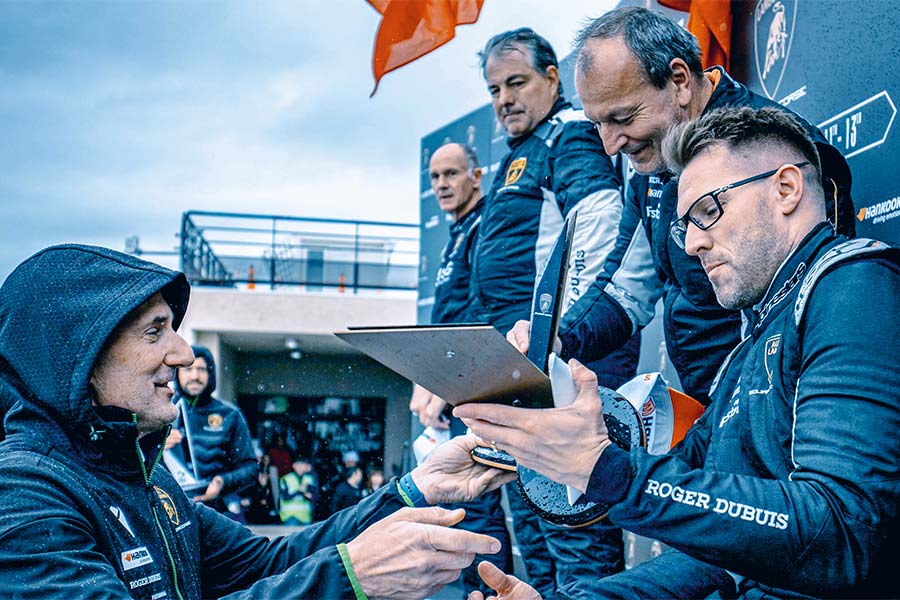
Strong forces
Nigel Bailly is currently competing in the Lamborghini Super Trofeo. But what does a converted racing car for this series look like? “From the outside, you wouldn’t notice any difference,” the Belgian says, laughing, “but things are a bit different in the interior.” It is important to him that the car is a hybrid one, meaning that it can be driven by both disabled and non-disabled drivers. The throttle is positioned to the left behind the steering wheel, and the gearshift and brake lever are on the right. “We have to operate the steering wheel with just one hand at times – that is one of the biggest challenges,” Bailly says. Since, at over 250 km/h, you will need to grapple with strong forces. Every process is managed using hands and fingers. This delicate technical interplay requires a lot of practice. And the components all have to be manufactured as individual parts.
The profession of a racing driver also includes the search for sponsors. Motorsports are very expensive. “There are many facets to the job: physical training, scheduling appointments, being present on social media, approaching partners, and constantly coming up with new ideas and strategies,” Bailly explains. He knew from the beginning that he would prefer to rely on several smaller and loyal sponsors. Through LNS, a manufacturer of machine tool peripherals from the Bernese Jura, he got to know the company Blaser Swisslube and got in touch with CEO Marc Blaser via LinkedIn to ask for sponsorship. After several attempts, he received permission to send Marc Blaser his sponsorship dossier in 2022 – and successfully won him over.
“What appealed to me most was that he truly lives his never-give-up attitude and never lets setbacks stop him,” says Marc Blaser today. “Nigel has an optimistic mindset, a clear vision, and is very solutionoriented – that is what connects us.” What began as sponsorship has since become a genuine partnership: Blaser has already manufactured four important parts for Bailly’s racing car at its in-house technology center.
“The biggest challenge is the special design of the parts for the braking system,” explains Benjamin Sägesser. He is the CNC programmer in Blaser Swisslube’s technology center who produced the parts for Bailly, together with his colleague Benjamin Roth. “The whole thing looks like an extended, raised handbrake that can only be operated with the right hand,” says the trained polymechanic. The biggest tasks are developing the ideas, programming the machine, and choosing the right tools. Sägesser milled the components from aerospace-grade aluminum on a state-of-the-art 5-axis machine, whereby the clamping presented a particular challenge. “As is often the case, the entire package of tool, clamping, machine, and coolant has to be right in order to achieve the best possible result,” stresses Sägesser (see box for products).
Nigel Bailly is grateful for this “genuine collaboration,” as he calls it. “Thanks to this support, I can show others that anything is possible – no matter the circumstances.” He is pleased that these parts now come directly from one of his partners, since he has to be able to rely on them 100 percent. Precision and reliability are essential in both production of the parts and their operation during the race. “Nothing can be achieved without trust – my life is at stake in every race, after all.” Nigel’s goal is to minimize risk as much as possible. Alongside his family and his team, he also describes his partners as the most important people in his life: “They are all with me on my adventure.” They have supported him from the beginning and witnessed his development. “It is also thanks to them that I am where I am today,” he adds. “I truly mean that. We really have forged my career together!”
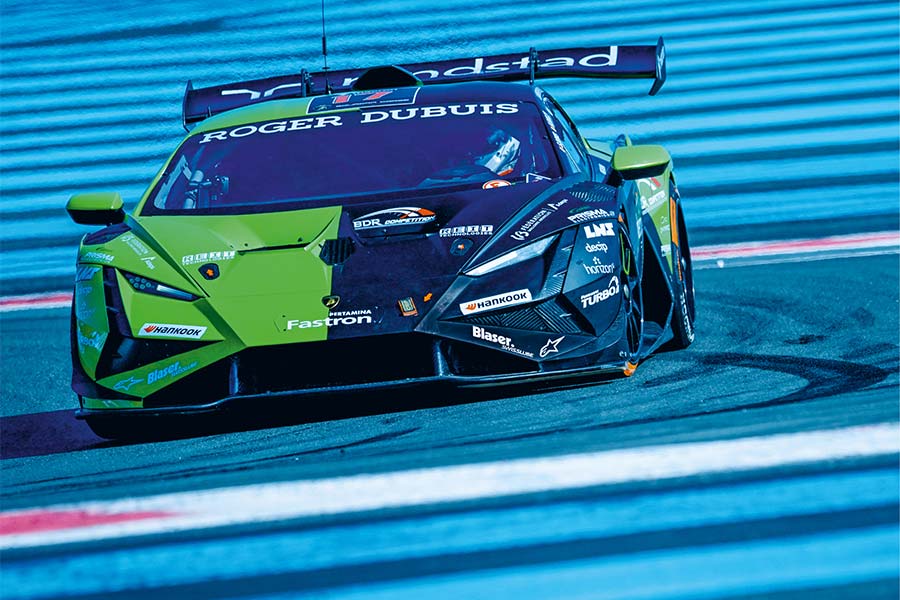
- CNC machine: GF Mikron MILL E 700 U
- Milling tool: DIXI Polytool
- Tool holder: BIG Daishowa, Rego-Fix
- Vise: Gressel
- Software: HyperMILL
- Camera: Rotoclear
- Metalworking fluid: Blaser Swisslube
1995
First rides on grandfather’s motorcycle
1997–2003
Various motocross races
2004–2016
Hand-throttle karting as a hobby
2017
Renault Clio Cup in Spa-Francorchamps:
2nd place in his category
2021
24 Hours of Le Mans on Frédéric Sausset’s team
2022
24 Hours of Spa-Francorchamps
2022
First paraplegic to win a GT3 race
2023–2025
Lamborghini Super Trofeo
